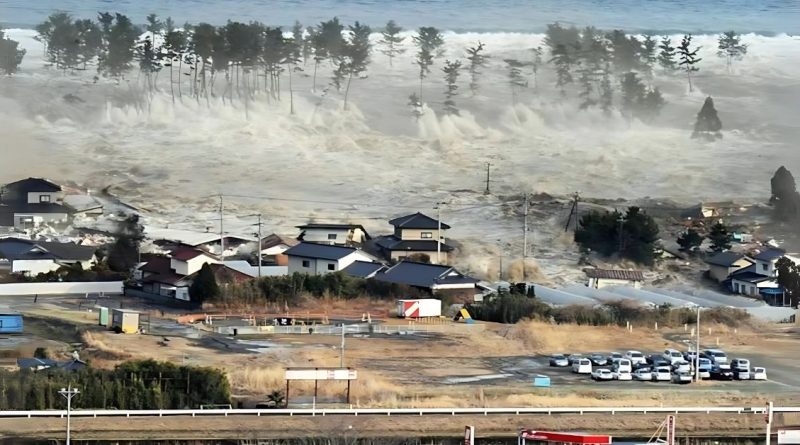Strong Earthquake Strikes Southern Japan Near Nankai Trough
On Monday evening, a powerful earthquake measuring 6.9 in magnitude shook the Kyushu region of Southern Japan, according to the Japan Meteorological Agency (JMA). The quake occurred at 9:19 p.m. local time (0019 GMT) and was significant, but authorities determined that it did not trigger the need for a megaquake warning, unlike the alerts that were issued in the past.
Located off the southwest coast of Japan, the Nankai Trough is a geological hotspot where the Philippine Sea Plate is sliding beneath the Eurasia Plate. This region is known for generating massive earthquakes approximately every 100 to 150 years. While strong quakes in this area can sometimes signal a heightened risk for future megaquakes, the JMA indicated that no special measures related to the recent seismic activity were necessary.
In August, the JMA issued a one-week advisory concerning an elevated risk of a potential megaquake, following a magnitude 7.1 quake in the southwest region. After the earthquake on Monday, authorities released tsunami advisories for the southern prefectures of Miyazaki and Kochi, anticipating waves of up to one meter (3.3 feet). A minor tsunami of 20 centimeters (7.8 inches) was subsequently recorded at Miyazaki city. Fortunately, all tsunami advisories were lifted by 0250 GMT.
No abnormalities were reported at either the Ikata Nuclear Power Plant, located in western Japan, or the Sendai Nuclear Power Plant in Kagoshima prefecture, which are in close proximity to the quake’s epicenter.
For residents in the area and those monitoring seismic activity, this recent earthquake serves as a reminder of the region’s geological volatility. Additional updates will be provided as more information becomes available.

